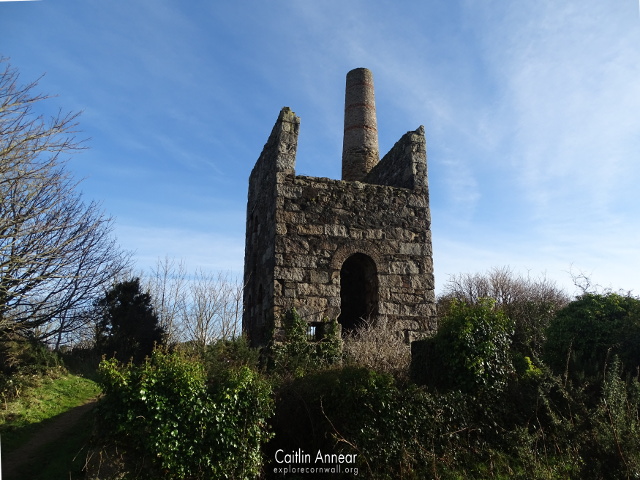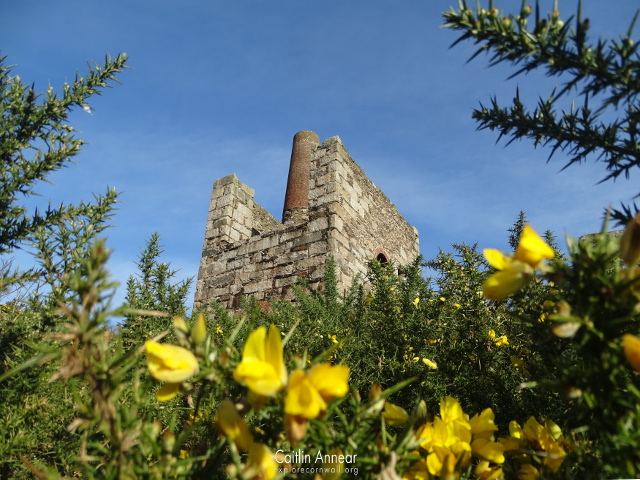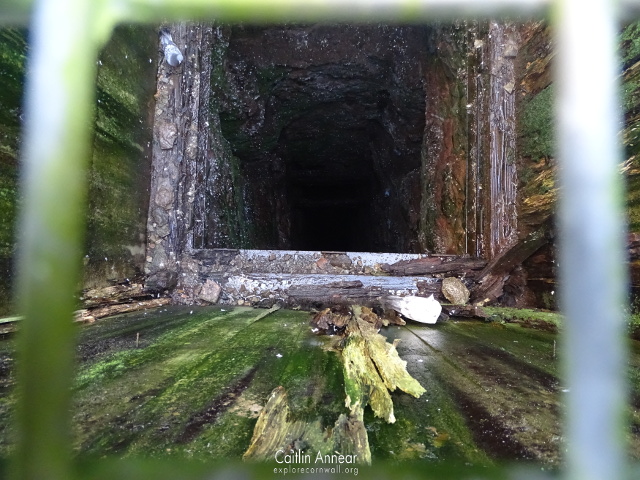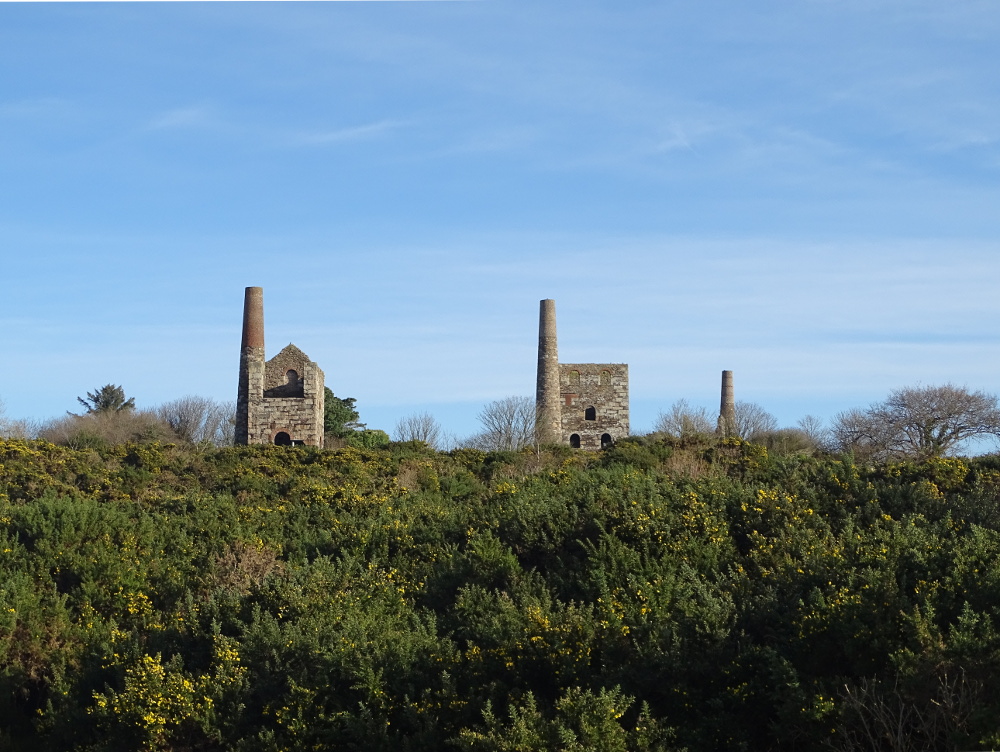Wheal Peevor is a fine example of Cornish mine site, not just because there are three houses left in relatively good condition, but also remains of the dressing floor, chimney and calciners.

The first lease to be given to this mining area was in 1701 to a Gabriel Wayne for a copper mine named Wheal Variah. This section wasn’t mentioned again until 1790 when it was operating under Great North Downs; initially a prominent copper mine its fortunes soon took a turn for the worst as the 19th century drew closer. The cost of pumping soon outweighed the profits gained from ore, with matters made worse as they awaited the arrival of the Great County Adit. This finally reached them at the end of 1793.

In 1822 a new lease was agreed between Sir St Aubyn and John Williams of Scorrier House, still working under the name Great North Downs. By 1860 the Wheal Peevor section was part of Little North Downs, not becoming its own enterprise until 1872. Bad weather during the winter of 1876 and 77 alongside a collapse in the County Adit saw flooding of the lower levels of the mine. Over the next ten years Wheal Peevor’s fortunes continued to take a turn for the worst due to increasingly poor ore reserves, and in 1887 it stopped work.

Two further attempts were made in 1911-18 and 1938 alongside neighbours Great North Downs and West Wheal Peevor, both in search of tungsten. Despite great expense being spent on new machinery, little came of this.

The first engine house is for a 22″ whim that wound from George’s shaft. This was moved here in 1872 from Little North Downs; the stone loadings are for the original drum and flywheel, while the concrete loadings were for a horizontal steam whim installed in 1912. Next is George’s (later Sir Frederick’s) pumping engine house. Also from Little North Downs this once held a 60″ engine which had already worked at several other mines. Thought to be made for de Dunstanvilles mine by Harveys in 1835, it then went to Treleigh Consols in 1845 before going to Little North Downs in 1855. In 1912 the house was repurposed for a 70″ engine also second hand from Violet Seton mine in Camborne. The last house is that of a 32″ stamps engine erected in 1875 to drive Cornish stamps. This was also altered in 1912 to house a 150 HP horizontal gas-oil engine to work 20 heads of California stamps. Below the houses are the remains of two calciners, buddles and the chimney of the arsenic works.
In 1790 there were three Newcomen engines in place at Great North Downs. A 28″ Boulton & Watt pumping engine from Tresavean was also there in 1794.

George’s/Sir Frederick’s (170 fathoms/311m), Harvey’s (86 fathoms/157m), Old Sump/Nichols (48 fathoms/88m), Davey (48 fathoms/88m), Towans, No 8, John Michael, Pryor’s, Peevor Bottom, Plantation and New.
Old North, Middle, New Tin, Main/South, Great North Downs, Flat, Diamond 1, Diamond 2 and Peevor Bottom.
1872-1889
3,280 tons (3,332,634 kg) of black tin, 5 tons (5,080 kg) of 4% copper, 7 tons (7,112 kg ) of pyrite and 12 tons (12,193 kg) of mispickel.
1912-1918
5 tons (5,080 kg) of mixed tin and wolfram, 9 tons (9,144 kg) of black tin and 3.5 cwt (178 kg) of wolfram.

Access is free to everyone and the engine houses and shafts have been made safe to explore.
There is a small car park near the site.
Buckley, A. (2000) The Great County Adit. Camborne: Penhellick Publications.
Cocks, A. (2004) Wheal Peevor Mine, Cornwall: Archaeological Assessment. Available at: https://map.cornwall.gov.uk/reports_event_record/2004/2004R019.pdf.
Dines, H. G. (1956) The metalliferous mining regions of south-west England. British Geological Survey.
Nance, D. and Brown, K. (2014) A complete guide to the engine houses of West Cornwall. Gloucestershire: Lightmoor Press.
Sharpe, A. (2004) Wheal Peevor, Cornwall: Results of an archaeological watching brief and additional assessment survey. Available at: https://map.cornwall.gov.uk/reports_event_record/2005/2005R002.pdf.
